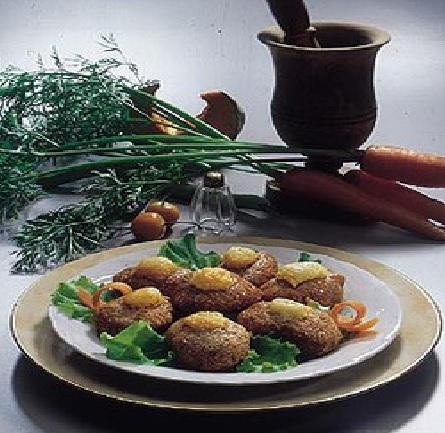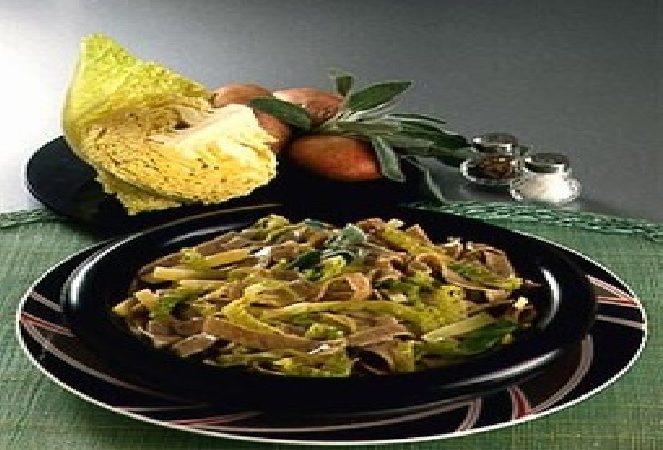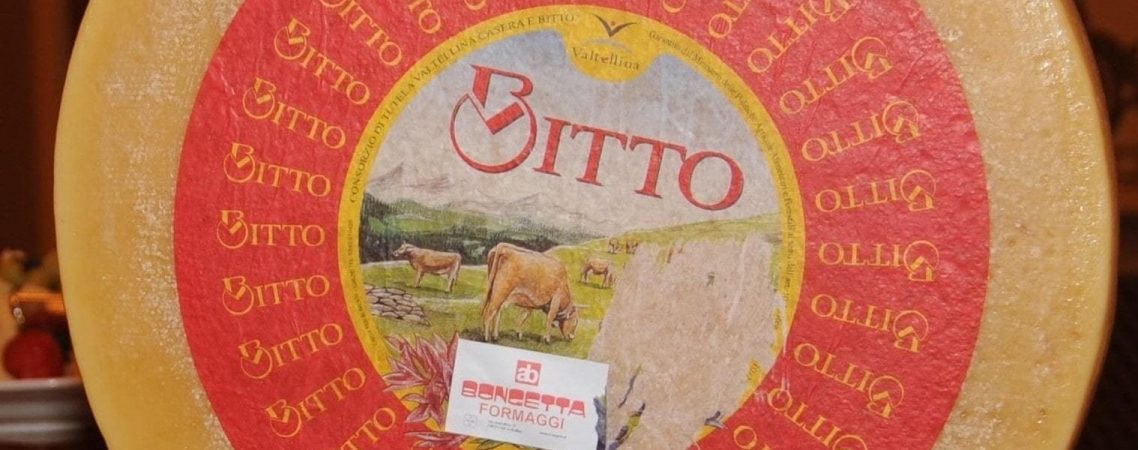
Risotto con valtellina casera e bresaola
4 servings
*Note: Valtellina Casera cheese can be found at local gourmet shops.
Ingredients
- 2 tablespoons extra-virgin olive oil
- 2 tablespoons finely chopped white onion
- 1⅓ cups rice
- ⅓ cup dry white wine
- 5 cups homemade or lower sodium chicken broth, heated to a simmer
- 7 ounces Valtellina Casera, cut into small pieces*
- 3½ ounces thinly sliced bresaola, cut into thin strips
- 1 tablespoon finely chopped flat-leaf parsley
- 1 teaspoon finely chopped fresh marjoram
Instructions
Heat oil in a medium saucepan over medium-low heat. Add onion and cook, stirring constantly, until softened, 5 to 7 minutes. Add rice and cook, stirring constantly, until rice is translucent, about 5minutes.
Add wine and cook, stirring, until mostly absorbed, 1 to 2 minutes. Add 1 cup broth and cook, stirring constantly, until mostly absorbed, 5 to 7 minutes. Add ½ cup broth and cook, stirring, until mostly absorbed. Continue adding broth by ½ cupfuls, stirring constantly, until risotto is tender yet still slightly firm to the bite.
Remove risotto from heat, add ¼ cup broth (you may have broth left over) and Casera cheese; stir to combine. Season risotto to taste with salt if needed. Serve immediately, sprinkled with bresaola, parsley and marjoram.








